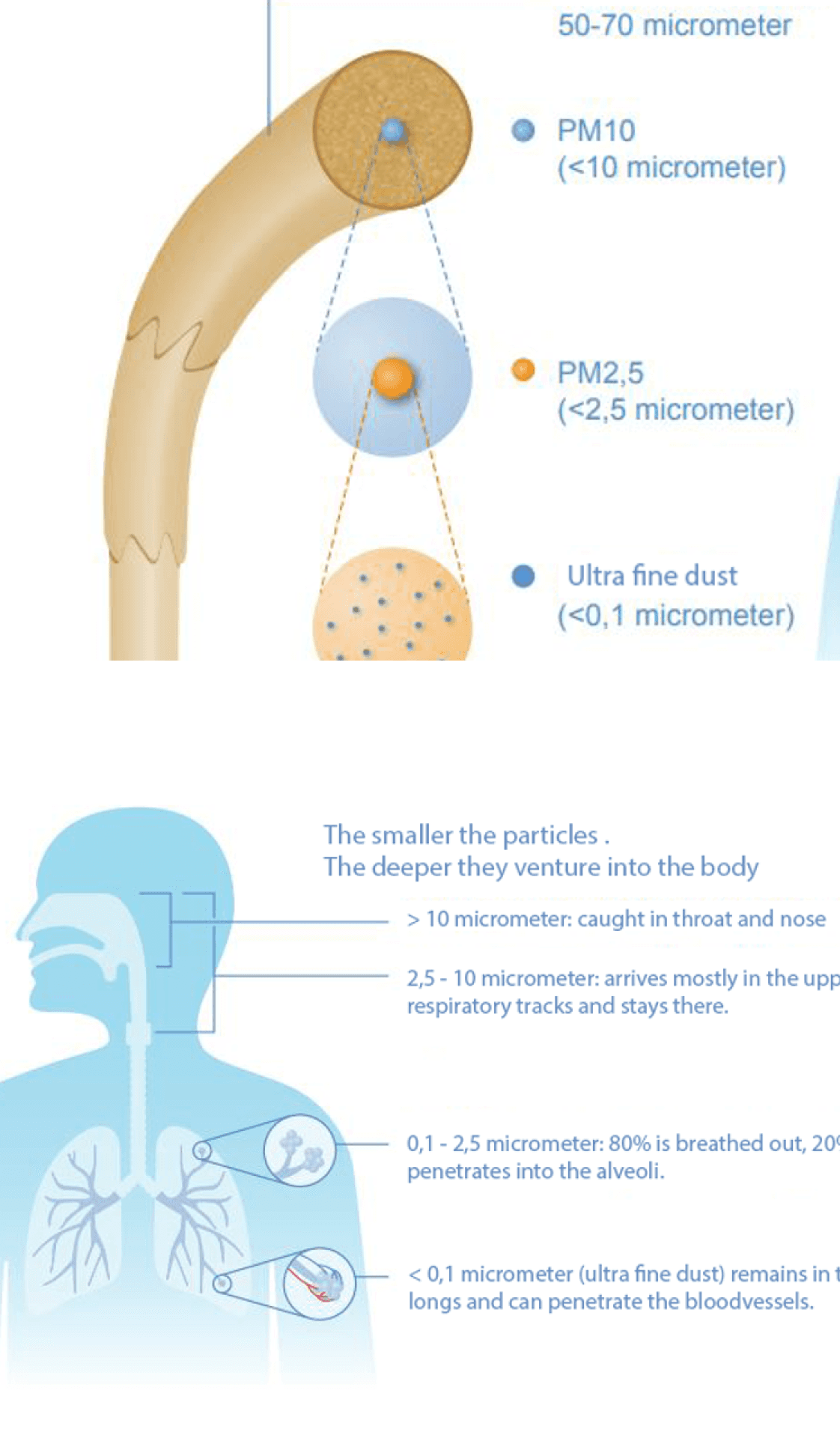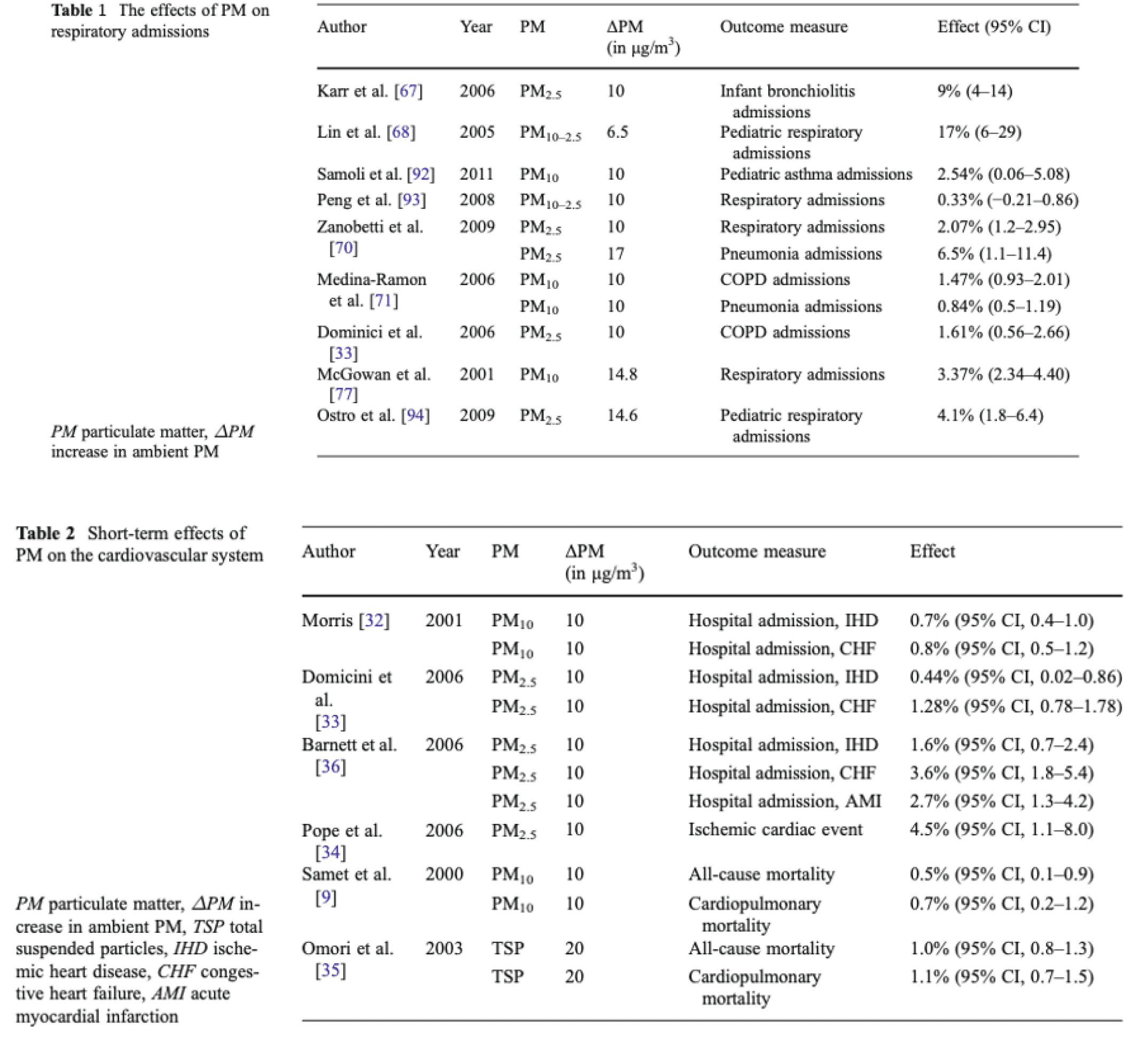Article
Reviewing the Ability of Moss to Reduce the Particulate Matter Problem in Cities.
17 Jul 2023
Introduction
One of the biggest air pollution disasters, which put particulate matter and its dangers on the map, was the Great Smog of London in 1952. For almost an entire week the city was covered by a thick, heavy smog that caused between 4,000-10,000 deaths and many cases of respiratory illnesses (Crooks, 2022). Now, more than 70 years later, smogs like this hardly ever appear in Europe anymore, however, just because we cannot see the pollution, does not mean it is not there anymore. In 2022, the European Environment Agency (EEA) stated in an air quality web report of Europe that 96% of the urban population is still exposed to unhealthy amounts of particulate matter (European Environment Agency, 2022). These amounts of particulate matter cause morbidity and mortality all around the globe. An unseen killer we do not know enough about. However, there seems to be a natural remedy. A small plant species called moss.
What is Particulate Matter?
Particulate matter, also revered to as PM, are very small particles that mainly consist of metals, organic chemicals (such as soot from cars), acids, and soil or dust particles (Anderson and Thundiyil, 2011). PM is a natural phenomenon, it can get in the air, for example, by a burst of wind that blows through sand, uprooting extremely small particles of sand. However, we have dramatically increased the amount of PM in the air with our use of transportation, industrial sites, and agriculture (Atlas). This is why the amounts of particulate matter are often dangerously high in cities, on highways, at farmlands, and around factories.
There are three types of particulate matter: PM10(coarse particles), PM2,5(fine particles), and PM0,1(ultrafine particles). The names of the different forms derive from their diameter. PM10 has a diameter of 10 micrometers or smaller; PM 2,5 has a diameter of 2,5 micrometers and smaller; and PM0,1 has a diameter of 0,1 micrometers or smaller. Each size of particulate matter affects the body differently. The smaller a particle is, the deeper it can enter and harm your body.

Particles bigger than 10 micrometers are often caught by nasal and oral defense mechanisms such as the mucosa and nasal hairs, which makes them much less harmful. PM10 will venture deeper into the lungs and settle in the upper respiratory tracks where it will often stay. PM2,5 can go as deep as the alveoli where on average about 20% will settle; the other 80% is breathed out again. There is not much information known about PM0,1, but many hypothesize that it is the most harmful form of particulate matter, seeing that it is able to get into the blood vessels. That these particles can penetrate our body this deeply explains why they contribute to illnesses such as cardiovascular disease, respiratory problems, and an increase in medication use.
Particulate Matter and Global Health
Excessive exposure to particulate matter will mostly affect our respiratory and cardiovascular health. Issues such as asthma, pneumonia, COPD, and different heart diseases and failures are being tested to increase our understanding of PM. Anderson and Thundiyil (2011) state that in “evaluating the literature, there appears, to be a small, but consistent and significant, effect of PM on human health.” This means that most would not collapse immediately when breathing in Europe’s air, however, the tiny individual problems do create a big global public health burden (Anderson and Thundiyil, 2011). Consider for example table 1 underneath, every paper found the same outcome: when PM concentrations go up, respiratory health issues increase too. The same goes for cardiovascular diseases in Table 2. Furthermore, a reduction in PM exposure correlates with health improvement (Anderson and Thundiyil, 2011).

The WHO writes in their 2023 report that 99% of the global population still breathes unhealthy amounts of particulate matter. Additionally, the paper states that in 2019 6,7 million deaths were attributed to the effects of air pollution. This is even more significant when we consider that “[w]hen a patient [is] present[ed] with an acute illness, the clinician will not be able to determine the degree to which PM contributed” (Anderson and Thundiyil, 2011). That means that PM can play a role in many more health problems of which we are not aware.
Moss and Particulate Matter
Mosses are known to reduce PM levels in polluted environments and are in many cases already used as a bio-monitor mechanism because of their ability to catch chemicals such as heavy metals and other sorts of particulate matter on their leaves and within their tissues (Haynes et al., 2019). This skill can be contributed to the fact that mosses have rhizoids instead of roots. This means that mosses have evolved to get their nutrition from the air or its surrounding water, sucking the particles toward their leaves.

A study conducted by Yeop Gong et al. (2019) shows the effectiveness of moss in reducing particulate matter. They placed plates of three different moss species underneath a glass, in which they lit mosquito spray to create a form of particulate matter. The tests showed that each moss species reduced the PM levels. Additionally, they found the more moss plates were placed inside, the quicker and significantly the PM levels dropped.
The ability to clean the air has been put into perspective by a study performed by Haynes et al. (2019) The researchers tested three highways with high pollution levels, three suburban roads with medium pollution levels, and three quiet roads in the suburbs with low pollution levels, to compare the effects of mosses and tree leaves on the levels of PM. They found that if a site is more polluted the mosses exponentially cleared more traces of PM, whereas the amounts in tree leaves did not change as much. Overall, within the tested sites the mosses cleared 3,8 times more particulate matter than a tree leaf of the same dry weight (Hayes et al, 2019).
Conclusion
That the superfluous amounts of particulate matter in the air are still a significant problem many decades after one of the biggest air pollution disasters we have known is evident. However, precisely how big this problem is is not clear yet. What we do know is that the polluted air affects all of us, creating a heavy burden on our health care system. Although we do not fully understand this silent killer, there is already a potential natural remedy. Moss. Moss is shown to be very effective in clearing the air of particulate matter. When used in abundance moss has the potential to make busy streets less toxic and cities a safe place to breathe again. So, as we love to say: start growing now and live in a city that breathes.
Reference list
Haynes, A., et al. (2019). Roadside Moss Turfs in South East Australia Capture More Particulate Matter Along an Urban Gradient than a Common Native Tree Species. Atmosphere, 1-16.
Yeop Gong, G., et al. (2019). Effect of Several Native Moss Plants on Particulate Matter, Volatile Organic Compounds and Air Composition. Journal of People, Plants, and Environment, 22(1), 31-38.
WHO (2023.) World Health Statistics 2023. World Health Organization.
Anderson, J. O., & Thundiyil, J. G., (2011). Clearing the Air: A Review of the Effects of Particulate Matter Air Pollution on Human Health. Journal of Medical Toxicology, 166-175.
Europe Environment Agency (2022.) Air Quality in Europe 2022. Europe Environment Agency. https://www.eea.europa.eu/publications/air-quality-in-europe-2022
Crooks, M., (2022). Dec 5, 1952 CE: Great Smog of 1952. National Geographic. https://education.nationalgeographic.org/resource/great-smog-1952/
Atlas Leefomgeving (n.d.) Fijnstof. Atlas Leefomgeving. https://www.atlasleefomgeving.nl/thema/schone-lucht/fijnstof




